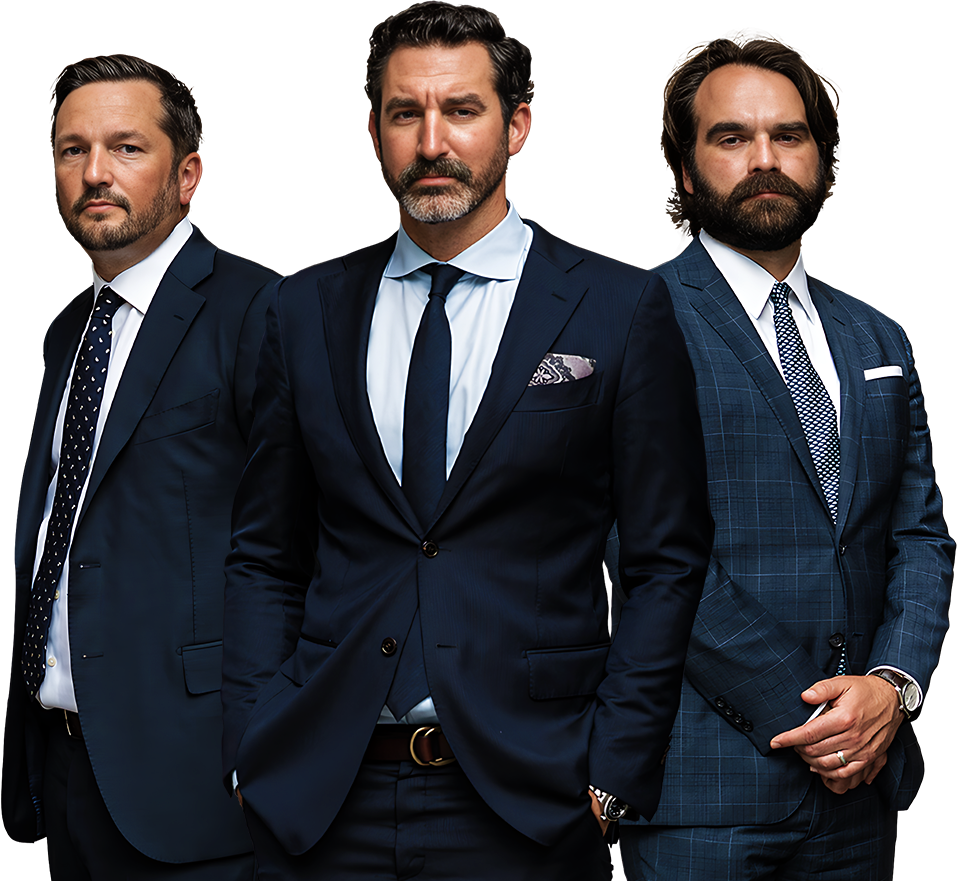When you’re involved in a car accident, the first thing you want to do is make sure everyone is okay. Once you’ve checked on the other driver and any passengers, you’ll need to start thinking about who’s going to pay for the damage.
In most cases, the person who caused the accident will be responsible for paying for the damage. This is because most states have a “fault” system for car insurance, which means that the driver who is at fault for the accident is the one who has to pay for the damages.
However, there are some cases where the person who caused the accident may not be able to pay for the damage. For example, if the driver was uninsured or underinsured, you may have to file a claim with your own insurance company.
If you’re not sure who’s going to pay for the damage, you should contact your insurance company as soon as possible. They can help you determine who’s liable for the accident and help you file a claim.
Here are some tips for dealing with the aftermath of a car accident:
* Stay calm and don’t admit fault.
* Call the police and file a report.
* Exchange information with the other driver(s) involved in the accident.
* Take pictures of the damage to your car and the other car(s) involved in the accident.
* Get a copy of the police report.
* Contact your insurance company as soon as possible.
* Don’t sign anything or agree to anything until you’ve had a chance to talk to your insurance company.
By following these tips, you can help ensure that you get the compensation you deserve for your damages.
Introduction
When two (or more) vehicles collide, there’s one burning question that immediately enters everyone’s mind: who pays for the damage? Car accidents can be a major hassle, especially when it comes to insurance and legal liability. Determining who’s responsible for paying for the damages can be a complex process, but it’s crucial to understand your rights and responsibilities as a driver. Buckle up and join us as we explore the intricacies of car accident damage payments, leaving no stone unturned in our quest for clarity.
Fault vs. No-Fault
The first step in determining who pays for the damages is establishing fault. In fault-based systems, the driver who caused the accident is held liable for the damages. However, many states have adopted no-fault laws, which mean that each driver’s own insurance company covers their damages, regardless of who caused the accident. No-fault laws simplify the process but can lead to higher insurance premiums.
Insurance Coverage
Regardless of the fault system, insurance plays a vital role in covering car accident damages. Most drivers carry liability insurance, which covers damages to other people’s property or injuries. Collision coverage, on the other hand, covers damages to your own vehicle. Comprehensive coverage extends protection to non-collision-related damages, such as theft or vandalism.
Comparative Negligence
In some cases, both drivers may share fault for an accident. Comparative negligence laws determine how much each driver is responsible for paying for the damages based on their percentage of fault. For example, if you’re found to be 70% at fault, you’ll be responsible for 70% of the other driver’s damages, while they’ll be responsible for the remaining 30%.
Property Damage
In addition to personal injuries, car accidents can also cause significant property damage. This includes damage to vehicles, fences, buildings, and other objects. Repairing or replacing damaged property can be costly, and determining who is responsible for these costs is essential. Again, fault laws and insurance policies come into play here.
Personal Injuries
Car accidents can lead to a range of personal injuries, from minor cuts and bruises to severe disabilities or even death. In such cases, the at-fault driver may be liable for medical expenses, lost wages, pain and suffering, and other damages. Determining the extent of damages can be complex and often involves medical evaluations and legal representation.
Settlement vs. Trial
After an accident, the parties involved may reach a settlement agreement, in which they agree on a specific amount of compensation for the damages. If settlement negotiations fail, the case may go to trial, where a judge or jury will determine the damages and assign liability. Trials can be lengthy and costly, so settlements are often preferred.
Who Pays for the Damage in a Car Accident?
After a car accident, one of the first questions that comes to mind is who’s going to pay for the damages? The answer to this question depends on several factors, including the laws of the state where the accident occurred and the specific circumstances of the crash.
At-Fault Laws
In most states, the person who caused the accident (the at-fault driver) is financially responsible for the damages. This is known as “fault-based” or “tort” liability. Under these laws, the at-fault driver is required to compensate the other driver for their losses, which may include:
- Property damage (e.g., vehicle repairs, medical expenses)
- Bodily injury (e.g., pain and suffering, lost wages)
In some states, the at-fault driver may also be criminally liable, meaning they could face fines or even jail time depending on the severity of the accident.
No-Fault Laws
A few states have adopted “no-fault” or “personal injury protection” (PIP) laws. Under these laws, each driver’s own insurance company covers their damages, regardless of who caused the accident. However, no-fault laws typically only cover certain types of damages, such as medical expenses and lost wages, and they may limit the amount of compensation that can be recovered.
So, if you’re involved in a car accident, it’s important to know the laws in your state and to contact your insurance company to report the accident and file a claim. An insurance adjuster will review the details of the accident and determine who is at fault and what damages are covered.
Who pays for the damage in a car accident? It can be a confusing and frustrating question, especially if you’re the one who’s been injured.
Fault Determination
Figuring out who’s at fault for a car accident is the first step in determining who’s going to pay for the damages. The police or insurance companies will typically make this determination based on witness statements, accident reports, and evidence at the scene. In most cases, the person who caused the accident will be the one who’s responsible for paying for the damages. Here are some examples:
Who Pays for the Damages?
Once fault has been determined, the next step is to figure out who’s going to pay for the damages. In most cases, the at-fault driver’s insurance company will be the one who pays. However, there are some exceptions to this rule. For example, if you’re uninsured or underinsured, you may be responsible for paying for the damages out of your own pocket. Additionally, if you were partially at fault for the accident, your insurance company may only pay for a portion of the damages.
What if I’m Not at Fault?
If you’re not at fault for a car accident, you shouldn’t have to pay for the damages. However, it’s important to remember that insurance companies are businesses, and they’re always looking for ways to save money. This means that they may try to deny your claim or offer you a lowball settlement. If this happens, you should be prepared to fight for your rights. You may need to hire an attorney to help you get the compensation you deserve.
Who Pays for the Damage in a Car Accident?
You’re cruising down the highway, minding your own business, when suddenly, BAM! Another car slams into you. You’re disoriented, your car is damaged, and you’re not sure what to do. One of the first questions that will likely pop into your head is: who’s going to pay for all this damage?
Insurance Coverage
The good news is that most drivers have car insurance that covers property damage and bodily injury liability. This means that their insurance company will help pay for the costs of repairing or replacing your car, as well as any medical expenses you or your passengers may have. However, there are some cases where you may not be covered by insurance, such as if you were driving under the influence of alcohol or drugs, or if you were speeding.
Determining Fault
The next step is to determine who is at fault for the accident. This will help determine who is responsible for paying for the damages. In most cases, fault is determined by the police officer who responds to the accident. They will investigate the accident scene, interview witnesses, and write a report that assigns fault to one or both drivers.
Filing a Claim
Once you have determined who is at fault, you can file a claim with their insurance company. The insurance company will then investigate the accident and determine how much they will pay for the damages. You may need to provide the insurance company with documentation of your damages, such as repair estimates or medical bills.
Negotiating a Settlement
In some cases, you may be able to negotiate a settlement with the insurance company. This means that you will agree to accept a certain amount of money for your damages, and the insurance company will agree to pay that amount. Negotiating a settlement can be a good way to get your claim resolved quickly and easily. However, it is important to make sure that you are comfortable with the amount of money you are accepting before you agree to a settlement.
Who Pays for the Damage in a Car Accident?
When two cars collide, the question of who’s going to foot the bill for the damage inevitably arises. The answer, as you might have guessed, isn’t always straightforward. Who pays for the damage in a car accident depends on several factors, including who caused the accident, the extent of the damage, and the insurance coverage of both drivers.
Determining Fault
Typically, the driver who caused the accident is responsible for paying for the damages. This is based on the legal principle of negligence, which holds that a person is liable for any harm they cause to another person or their property due to their careless or reckless actions. Determining fault in a car accident can be a complex process, especially if there is a dispute between the drivers.
Insurance Coverage
In most cases, the liable driver’s insurance company will cover the damages. This is why it’s so important to have adequate car insurance coverage. If the liable driver doesn’t have insurance, the injured party may need to file a claim with their own insurance company or pursue legal action against the at-fault driver.
Uninsured/Underinsured Drivers
In cases where the at-fault driver is uninsured or underinsured, the injured party may need to file a claim with their own insurance company or pursue legal action. If the injured party has uninsured motorist coverage, their insurance company should cover the damages. If they don’t have uninsured motorist coverage, they may be able to file a lawsuit against the at-fault driver. However, collecting damages from an uninsured driver can be challenging, especially if they don’t have any assets.
Comparative Negligence
In some states, the courts apply a concept known as comparative negligence. This means that even if one driver is primarily responsible for the accident, the other driver may also be held partially liable if they contributed to the accident. In such cases, the damages may be apportioned between the drivers based on their respective degrees of fault.
Personal Injury Protection (PIP)
In some states, car insurance policies include personal injury protection (PIP) coverage. This coverage can help pay for medical expenses and lost wages for the injured party, regardless of who was at fault for the accident. However, PIP coverage typically has a limit, so it may not cover all of the expenses.
Who Pays for the Damage in a Car Accident?
Unfortunately, most of us will be involved in a car accident at some point in our lives. And if you’re the one who caused the accident, you’re probably wondering who’s going to pay for the damage. Don’t worry, we have the answer.
Fault Laws
In most states, the driver who is at fault for the accident is responsible for paying for the damages. This means that if you rear-end someone at a stoplight, you’ll be on the hook for their repair bill. However, there are a few states that follow no-fault laws. In these states, each driver’s insurance company pays for their own damages, regardless of who caused the accident.
Insurance Coverage
Even if you’re not at fault for the accident, your insurance company may still cover your damages. This is because most insurance policies include collision coverage, which pays for damage to your car regardless of who caused the accident. However, you may have to pay a deductible before your insurance kicks in.
Comparative Negligence
In some states, the courts use a system called comparative negligence to determine who is responsible for paying for damages. Under this system, each driver is assigned a percentage of fault for the accident. The driver who is more at fault will have to pay a greater percentage of the damages.
Filing a Claim
If you’ve been in a car accident, you’ll need to file a claim with the insurance company of the at-fault driver. You can do this by calling the insurance company or by filing a claim online. The insurance company will then investigate the accident and determine who is at fault. If you’re found to be at fault, you may have to pay for the damages yourself or through your own insurance company.
Conclusion
The party responsible for paying for damages in a car accident is usually the at-fault driver or their insurance company. However, there are a few exceptions to this rule, such as in no-fault states or when comparative negligence is used. If you’ve been in a car accident, it’s important to speak to an attorney to learn more about your rights and options.




Leave a Reply